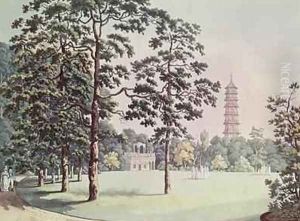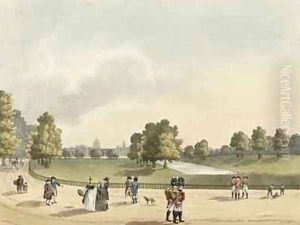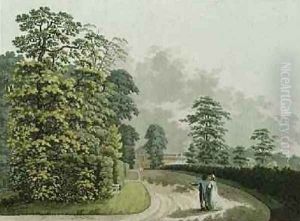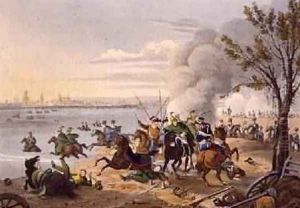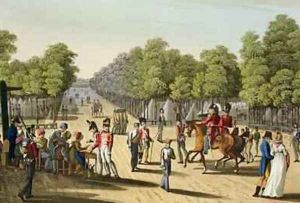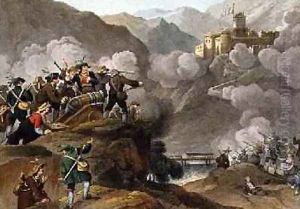Manskirch, Franz Joseph Paintings
Franz Joseph Manskirch was a notable German painter, born in 1768 in Koblenz, which was then part of the Electorate of Trier in the Holy Roman Empire. His work primarily contributed to the development of late 18th-century and early 19th-century art in Germany, particularly within the genres of landscape and still life painting. Manskirch's artistic journey began in his early years, leading him to study under various masters across Germany and France, which significantly influenced his stylistic development.
Manskirch's career was marked by his adeptness in capturing the natural beauty of the Rhineland and its surroundings, which earned him considerable recognition. His landscapes are particularly noted for their detailed portrayal of nature, imbued with a sense of romanticism that was becoming increasingly popular during his time. Aside from landscapes, Manskirch also excelled in still life compositions, where he demonstrated remarkable skill in depicting the texture and realism of objects, from food items to household artifacts, with meticulous attention to detail and lighting.
Throughout his career, Manskirch remained closely connected to his roots in Koblenz, where he eventually established himself as a prominent figure in the local art scene. His contributions were not limited to his own creations; he also played a significant role in nurturing the next generation of artists, imparting his knowledge and passion for art through teaching. Franz Joseph Manskirch's legacy is reflected in the continued appreciation of his work, which captures the essence of his time and place with enduring charm and finesse. He passed away in 1830, leaving behind a body of work that continues to inspire and captivate art lovers and historians alike.
